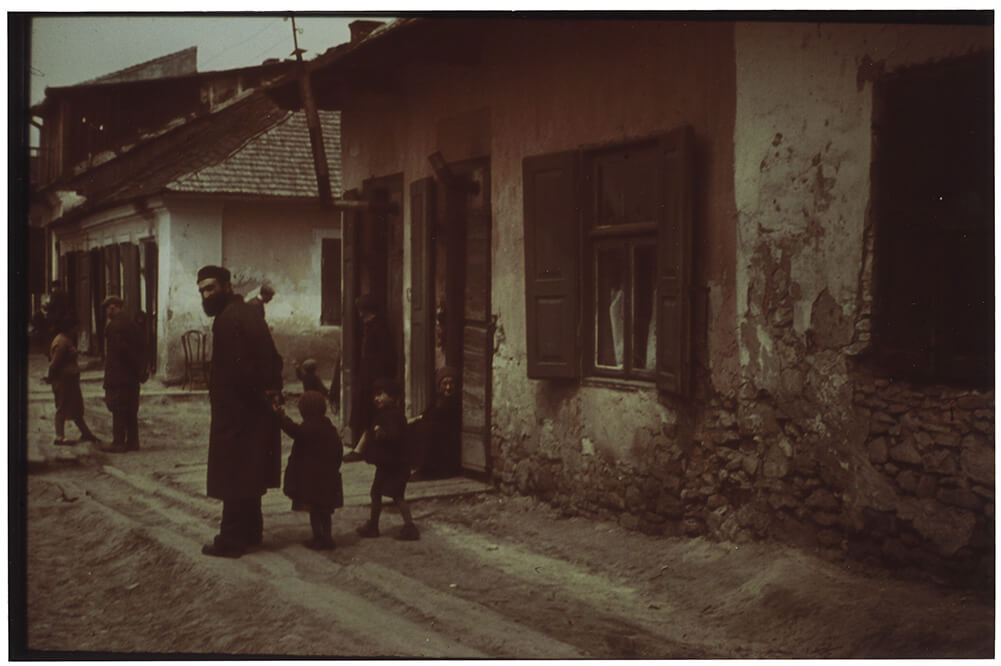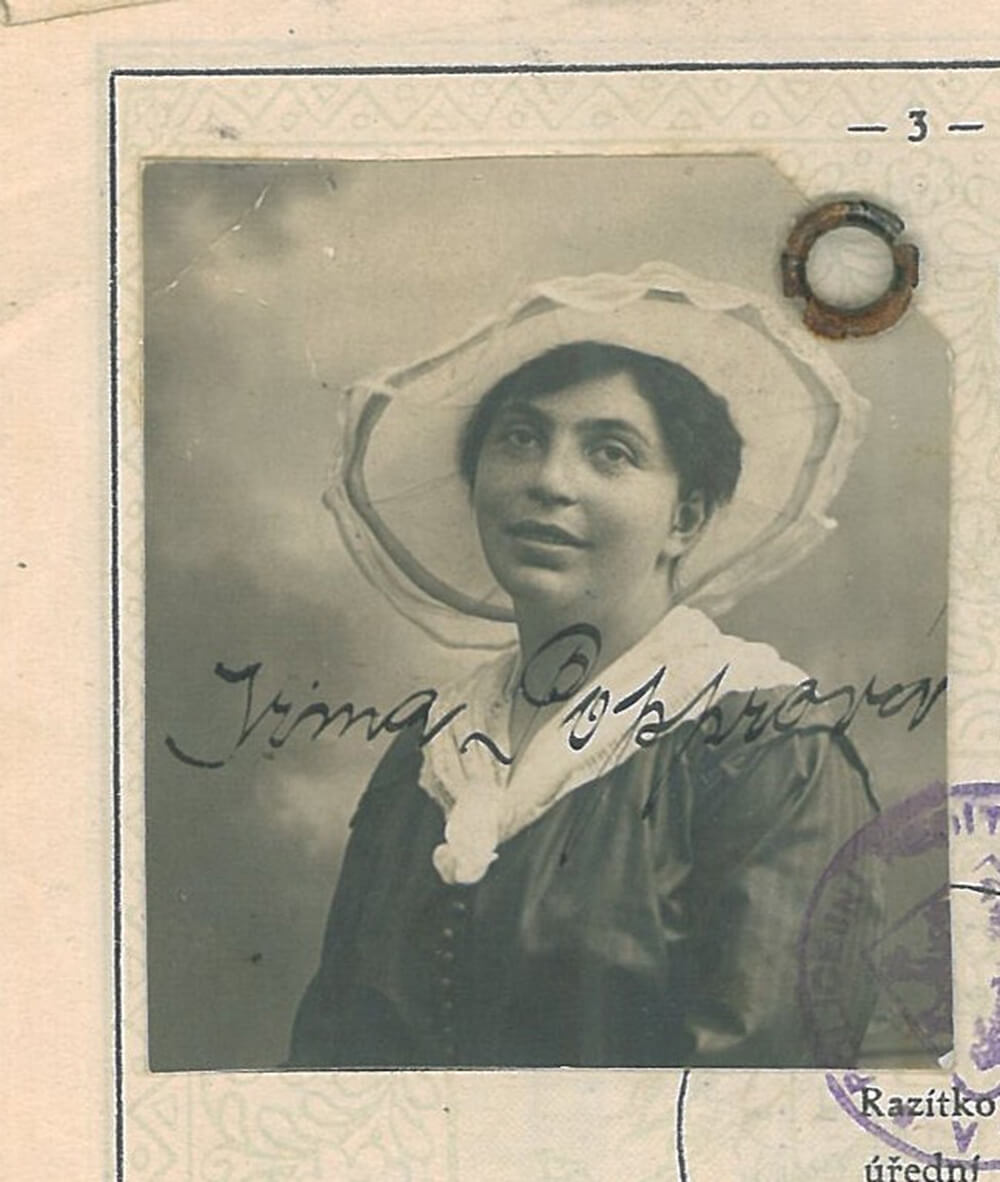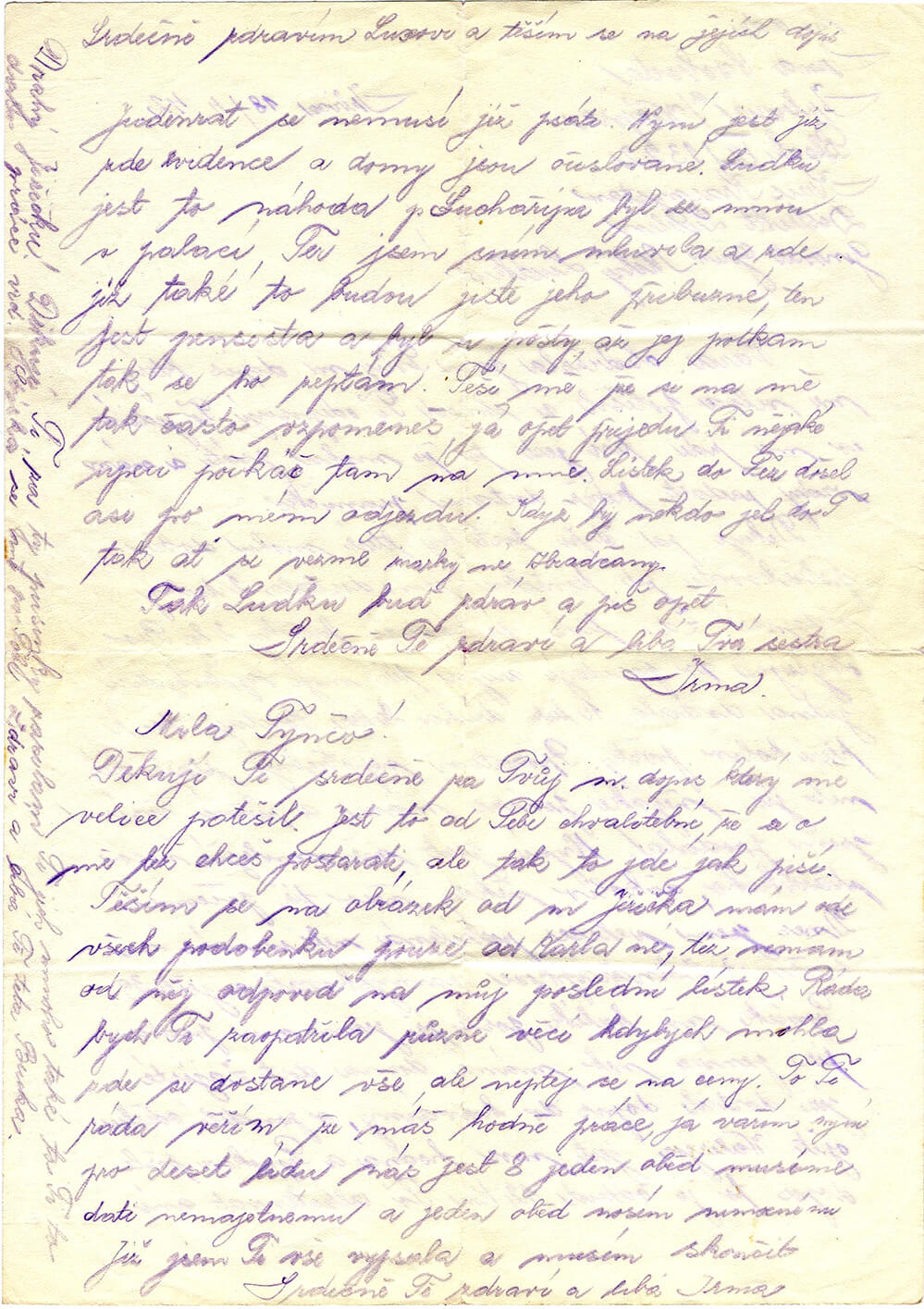Izbica

A street in the Izbica ghetto at a time when transports were arriving from the Protectorate of Bohemia and Moravia. Photograph taken by Max Kirnberger, an officer in the Wehrmacht Signal Corps (Fernmeldetruppe).
Deutsches Historisches Museum, BerlinOriginally a small settlement near Lublin, Izbica became one of the largest transit ghettoes. Thousands of Polish Jews were initially relocated there. Transports from the Reich and the Protectorate started arriving there in March 1942. Transports from Austria, Slovakia and Luxembourg were dispatched there from April 1942 onwards. As many as 20,000 people were sent to the ghetto over the course of several months. Jewish deportees from abroad were placed in the abandoned homes of the original inhabitants who had been moved to death camps. The deportees had to buy supplies with whatever resources they had brought with them. Many people did not survive the cruel living conditions in the ghetto, and many were shot on the streets and in their homes. The most fear, however, was caused by the so-called “evacuation operations”. The main wave of deportations to death camps began in October 1942, when trains were dispatched alternately to Belźec and Sobibór. A large group of almost 4,000 people from the Zamość ghetto, including Czech Jews, arrived there on 16 October 1942. Three days later, several hundred people were murdered in shelters, on the streets and at an assembly point, and 5,000 Jews were taken away to Sobibór. The last such operation took place on 2 November 1942. All those who were not put on trucks to Bełźec were imprisoned for several days in the firemen’s building. SS men then took them away in groups to the local cemetery where they shot them en masse. Many Czech Jews were among the murdered. The ghetto was closed down in the spring of 1943.
Transports Aa (11 March 1942) and Ab (17 March 1942) were dispatched from Terezín directly to Izbica. About 600 Terezín prisoners from Zamość arrived there on Transport Aq (27 April 1942) on 16 October 1942. Prisoners worked on various buildings and had to dig peat in Bzite near Krasnystaw. Some men were taken away to Janowice near Zamość, while others were moved to forced labour camps (Zwangsarbeitslager), such as in Labunie, Augustówc and a number of others in the area. Most of the prisoners from the Czech transports perished in the Bełźec and Sobibór death camps. Only 13 of the deportees survived.
Letter from Irma Svobodová (b. 1895), Transport Ab, to her brother Ludvík Popper and his wife Klementýna. She describes the situation in the ghetto to her sister-in-law: “…I’m cooking for ten people now. There are eight of us, but we must give one meal to someone who is destitute, and I send one meal to someone who is sick …”
Jewish Museum in Prague
